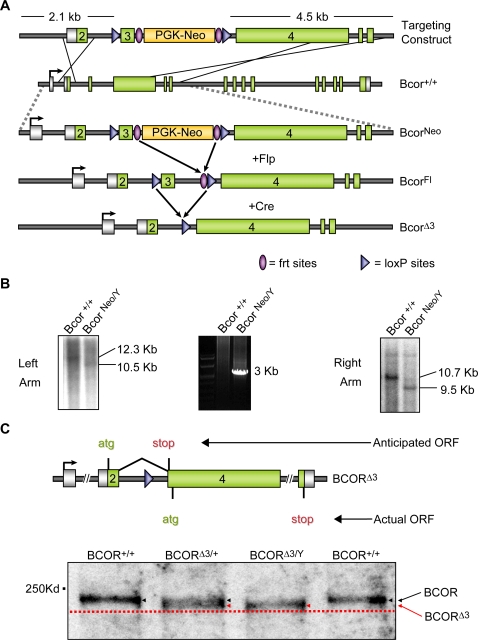Figure 1. Generating Bcor Δ 3/+ and Bcor Δ 3/Y mice.
(A) Diagram of targeting construct and recombination strategy. The Bcor+ allele was targeted by homologous recombination to generate BcorNeo embryonic stem cells. This allele contains loxP sites flanking the third exon, and a Neo resistance cassette flanked by frt sites, internal to the loxP sites immediately downstream of exon 3. Expression of Flp and/or Cre site specific recombinases in vivo or in vitro can be used to excise the intervening sequence between their respective recognition sites, frt and loxP, generating BcorFl and Bcor Δ3 alleles. PGK-Neo (phosphoglycerate kinase promoter–driven neomycin resistance gene cassette) (B) Southern blot and PCR analyses of targeted and wild type ES cell clones. Genomic DNA from individual ES cell clones was digested with the restriction enzymes, BamH1 (left arm) and BglII (right arm). The 5′ external probe (Left Arm) hybridizes to 10.7-kb (Bcor+/Y) and 9.5-kb (BcorNeo/Y) BamH1 fragments. Given the weak left arm signal, confirmatory PCR was performed on genomic DNA from wild type and targeted ES cells using a forward primer 5′ to the left arm and a reverse primer in the neomycin coding sequence. The 3′ external probe (Right Arm) hybridizes to 12.3-kb (Bcor+/Y) and 10.5-kb (BcorNeo/Y) BglII fragments. (C) The Bcor Δ3 allele encodes an N-terminally truncated version of BCOR. The anticipated and actual translation open reading frames for the Bcor Δ3 allele are diagrammed (top). Western blot analysis on the eyes of Bcor+/+, Bcor Δ3/+ and Bcor Δ3/Y mice (bottom) reveals the presence of an N-terminally truncated version of BCOR (red arrows) in both the Bcor Δ3/+ and Bcor Δ3/Y lanes, migrating at a slightly lower molecular weight in comparison to wild type BCOR (black arrows).

